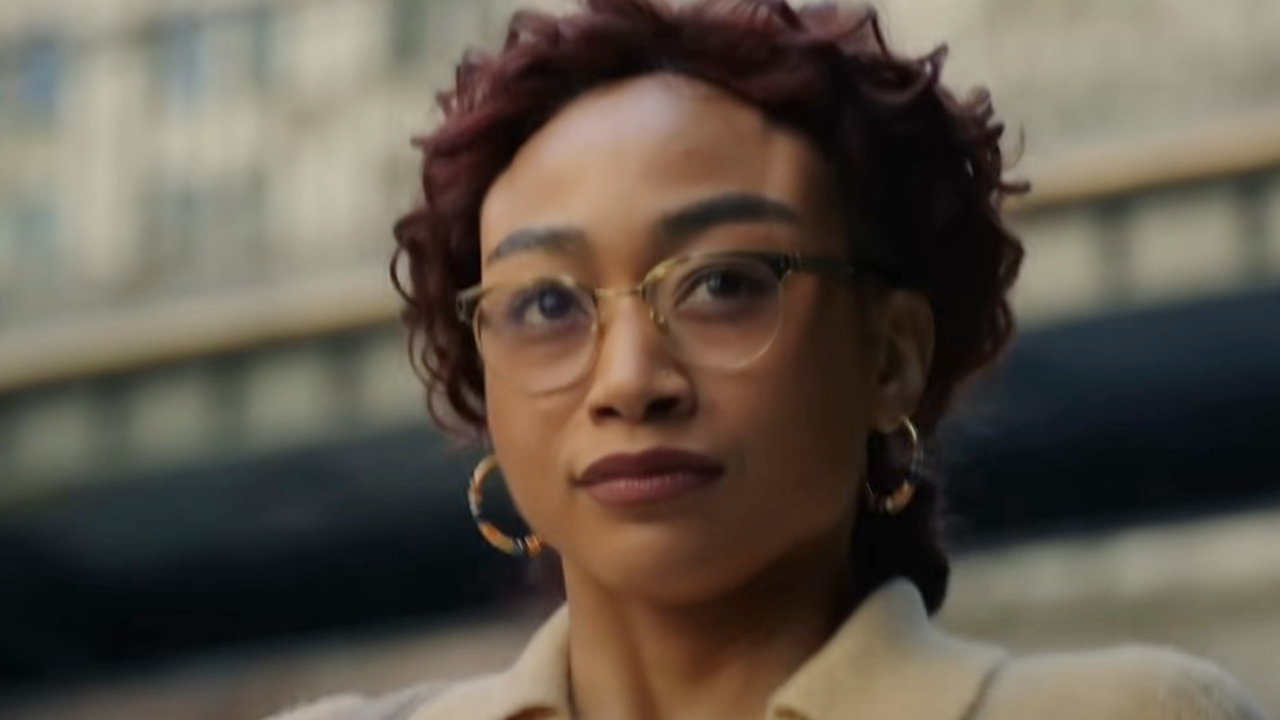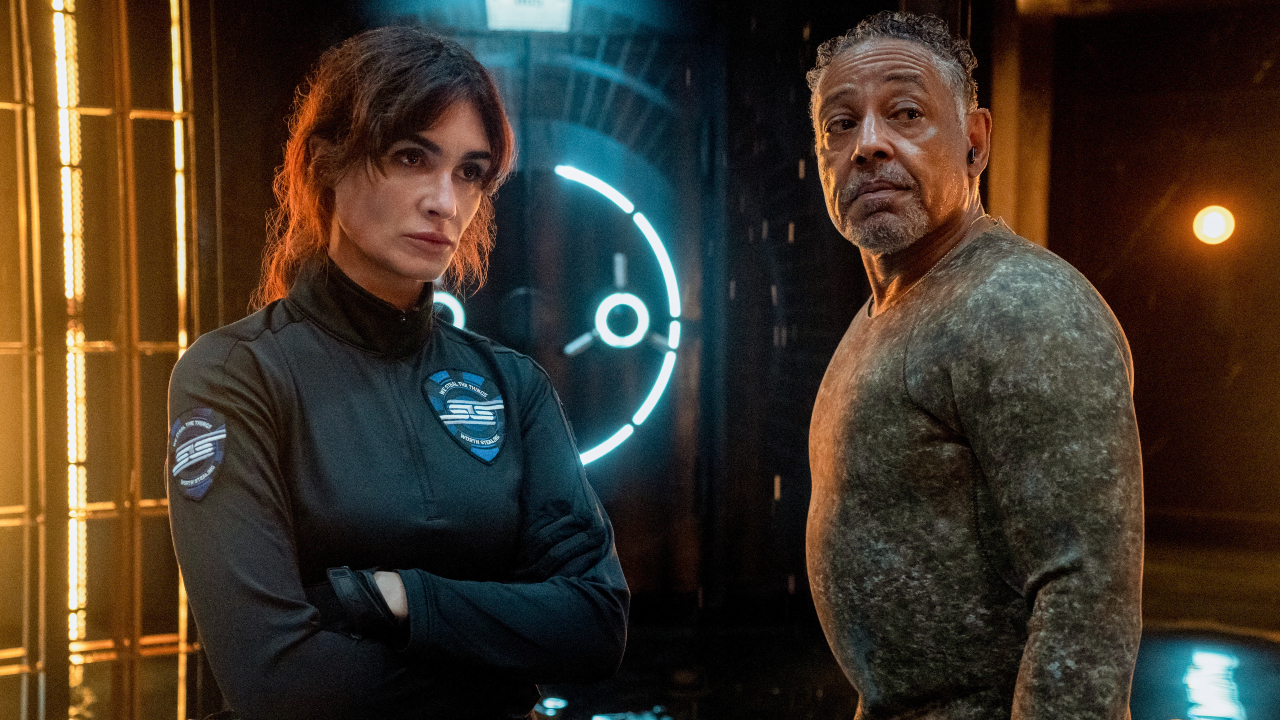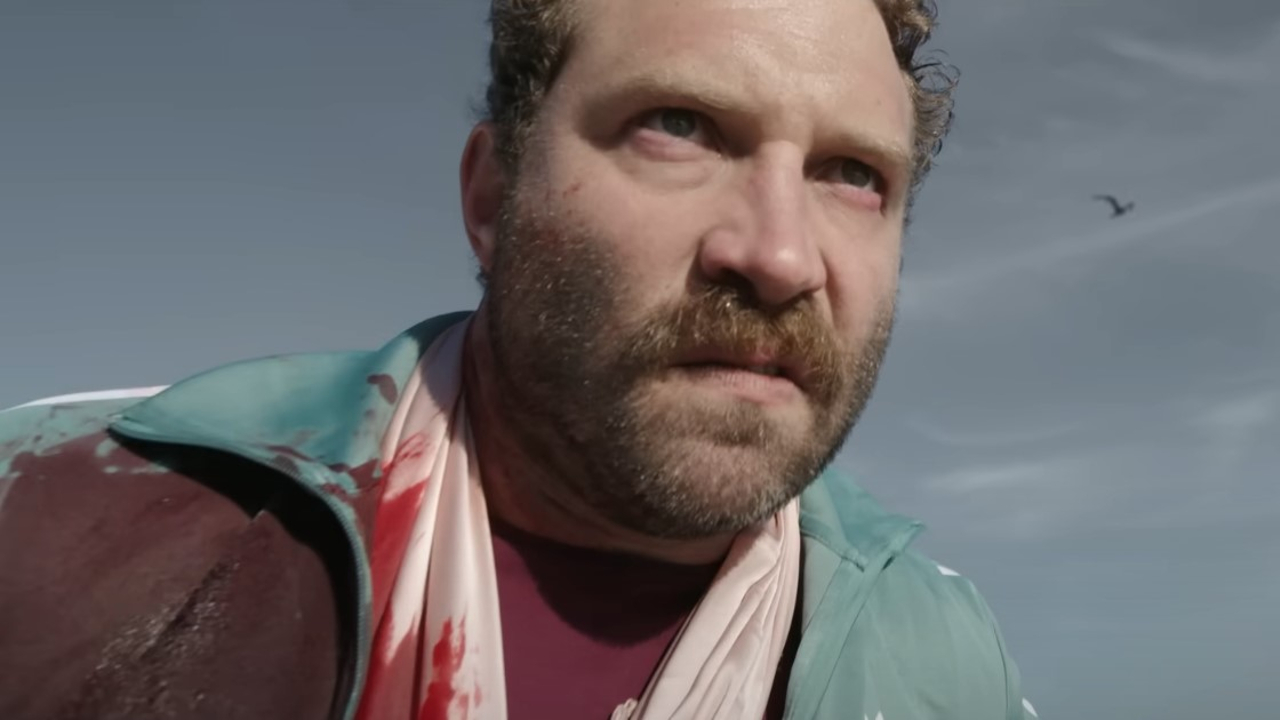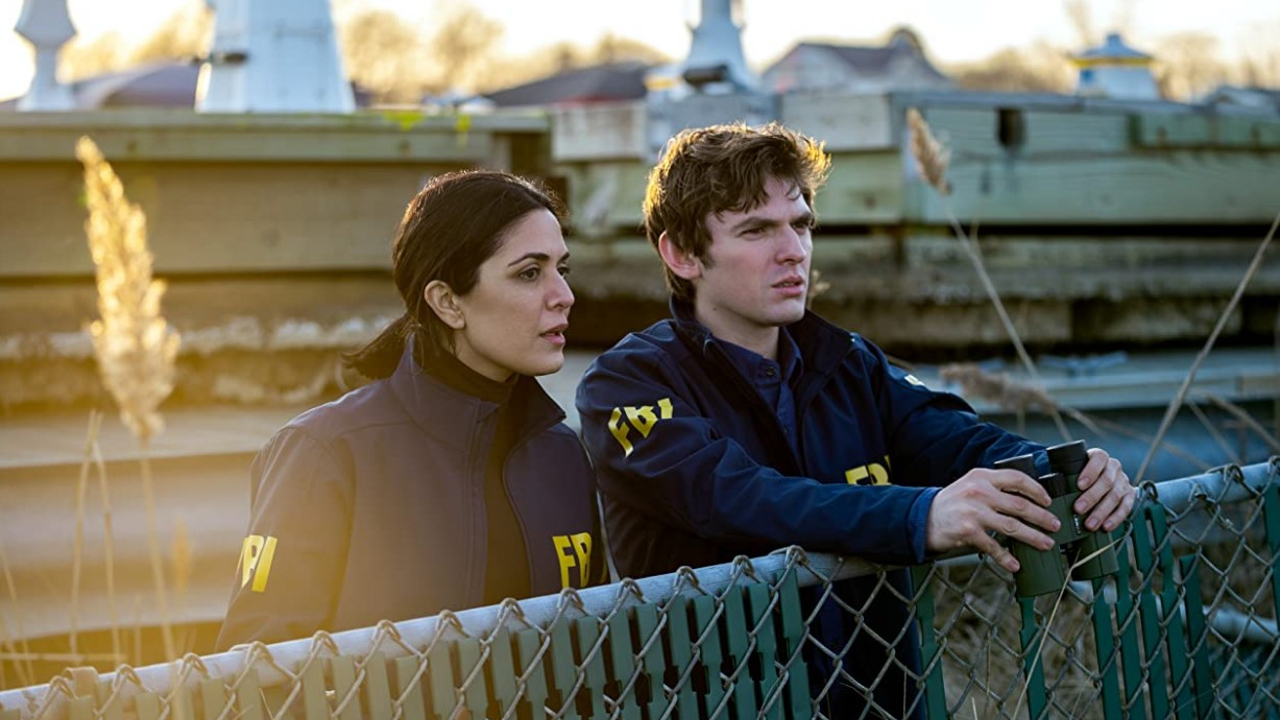What's The Best Order To Watch Kaleidoscope On Netflix? Here Are Some Options
There's more than one way to watch the new Netflix heist drama...

SPOILER WARNING: There are small spoilers for Kaleidoscope throughout this piece. If you have yet to watch the new Netflix show, please exercise caution.
For the entire history of television, we, as viewers, have watched episodes in the order in which they were released, whether it be on a broadcast channel or streaming platform. However, the 2023 Netflix series, Kaleidoscope, has taken a completely different release model and given the audience the power to watch Matchstick Men author Eric Garcia’s heist thriller in hundreds of ways, if not more.
Ever since its release, the trending Netflix show has become a topic of discussion all over social media, with countless subscribers chiming in with their preferred way to watch the eight Kaleidoscope episodes in order, with some using the randomized order given to them while others watched chronologically, and some even crafting fun and unique experiences mimicking classic crime movies like The Usual Suspects and Reservoir Dogs.
That being said, let’s break down how to watch the new crime series in a variety of ways…

How To Watch Kaleidoscope In Chronological Order
After checking with multiple friends, family members, and colleagues, it has come to my attention that everyone is given a nonlinear structure when watching. However, it’s totally possible to watch the heist drama unfold chronologically if you use the following episode order:
- Violet (24 Years Before The Heist)
- Green (Seven Years Before The Heist)
- Yellow (Seven Weeks Before The Heist)
- Orange (Three Weeks Before The Heist)
- Blue (Five Days Before The Heist)
- White (The Heist)
- Red (The Morning After The Heist)
- Pink (Six Months After The Heist)
It should be noted that while this method does have a more straightforward presentation that dives into Leo Pap’s (Giancarlo Esposito) history with Roger Salas (Rufus Sewell) and why he’s determined to break into his “unbreakable” vault, it also takes away some of the drama and mystique of revelations from episodes later in the timeline. Without giving too much away, watching the episodes chronologically also takes the punch out of some of the biggest reveals from the “Red” and “Pink” episodes as you already see the plans behind them laid out in “White.”
When speaking with Netflix Tudum prior to the show’s release, creator Eric Garcia hinted at that while saying viewers can watch the first seven episodes in any particular order, it’s best to save “White” for last as it lays out the “true answers” and “true motivations,” describing the finale as “a skeleton key.” If you want to watch a quasi-chronological order, just move “White” behind “Red” and “Pink.”
Your Daily Blend of Entertainment News

The Episode Order I Was Given
Remember, there are hundreds of unique episode orders when it comes to Kaleidoscope, and the way I watched the crime drama series is different than a lot of people I know and strangers on social media. Here is how the show was presented to me when I started watching:
- Yellow
- Green
- Blue
- Orange
- Violet
- Red
- Pink
- White
While there are certain aspects about this structure that I'm not too keen on (specifically the ordering of “Blue” and “Orange”), my Kaleidoscope episode order did have a nice start, middle, and end, especially when it came the 24-year flashback chapter, “Violet,” which gave me a greater appreciation and understanding of events that transpired in “Yellow” and “Green” as Leo Pap, formerly known as Ray Vernon, began planning the big heist with his team.

The Episode Order I Wish I Had
“The grass is always greener on the other side,” they say, and that could be my situation with Kaleidoscope, as there are some episodes I wish were in a different order than the one given to me by Netflix. Here’s the structure I wish I had, followed by a quick explanation of the situation:
- Pink
- Yellow
- Green
- Orange
- Blue
- Violet
- White
- Red
While this episode structure is all but impossible to find in the wild (every order seems to end with “Red,” “Pink,” and “White” in that order), using the structure listed above does create a cool narrative that starts with everything already having gone south. And with the fates of the characters determined in the first episode of this structure, it adds another layer of drama and tragedy to the story. This method also fixes the issue I had with “Orange” and “Blue” and their respective places within the timeline.
Another thing I like about this structure is that it creates a loop, as “Red” ends with a certain level of ambiguity that is addressed in “Pink,” if you choose to start one of the best Netflix original series over again.

How To Watch Kaleidoscope In The Rainbow Order
Ever since Kaleidoscope was released on New Year’s Day, the show has taken over social media, with even the official Netflix Twitter account getting in on the fun with the interactive show and coming up with different viewing methods. One of the most clever structures is called the “Rainbow Order,” which, as the name suggests, has episodes ordered by their place on the rainbow:
- Red
- Orange
- Yellow
- Green
- Blue
- Violet
- Pink
- White
Not only is this a fun spin on the idea of coming up with episode orders, this method also works really well. It starts with the immediate aftermath of the heist in “Red” before bouncing around the timeline, which actually works for a show like this. Also, having “Violet” (24 years before the heist) that far down in the viewing order saves some of the bigger reveals for the final third of the season. Keeping "White" as the "finale" also works even if you know how things shake out for everyone in “Pink.”

Other Fun Viewing Orders Suggested By Netflix
In addition to the “Rainbow Order,” the Netflix Instagram account also came up with other unique structures, including two that I just couldn’t leave off this list. The first, titled “The Usual Suspects Order,” is based on the 1995 crime classic of the same name, and starts with “Pink,” the very end of the story before taking on a chronological order. This is very similar to Roger “Verbal" Kint (Kevin Spacey) telling the events of The Usual Suspects in a series of flashbacks. It’s also funny that Giancarlo Esposito actually appeared in the movie:
- Pink
- Violet
- Green
- Yellow
- Orange
- Blue
- White
- Red
There is also the “Tarantino Order,” which mimics the nonlinear structure of some of Quentin Tarantino’s best movies, including Reservoir Dogs and Pulp Fiction. This method bounces all over the place with jumps of multiple weeks and sometimes years between each episode. This structure also treats “White” and “Red” as a two-part finale:
- Blue
- Green
- Yellow
- Orange
- Violet
- Pink
- White
- Red
Other episode orders included the “Orange is the New Black” and “Classic Detective Story” structures, which also add to the show’s re-watchability.
Honestly, it doesn’t matter which way you watch all eight Kaleidoscope episodes in order, as each different structure adds different layers of intrigue and mystery to one of the most unique shows on the 2023 TV schedule. But remember, if you want to watch the show and see the Kaleidoscope cast in action, you will need an active Netflix subscription.

Philip grew up in Louisiana (not New Orleans) before moving to St. Louis after graduating from Louisiana State University-Shreveport. When he's not writing about movies or television, Philip can be found being chased by his three kids, telling his dogs to stop barking at the mailman, or chatting about professional wrestling to his wife. Writing gigs with school newspapers, multiple daily newspapers, and other varied job experiences led him to this point where he actually gets to write about movies, shows, wrestling, and documentaries (which is a huge win in his eyes). If the stars properly align, he will talk about For Love Of The Game being the best baseball movie of all time.
